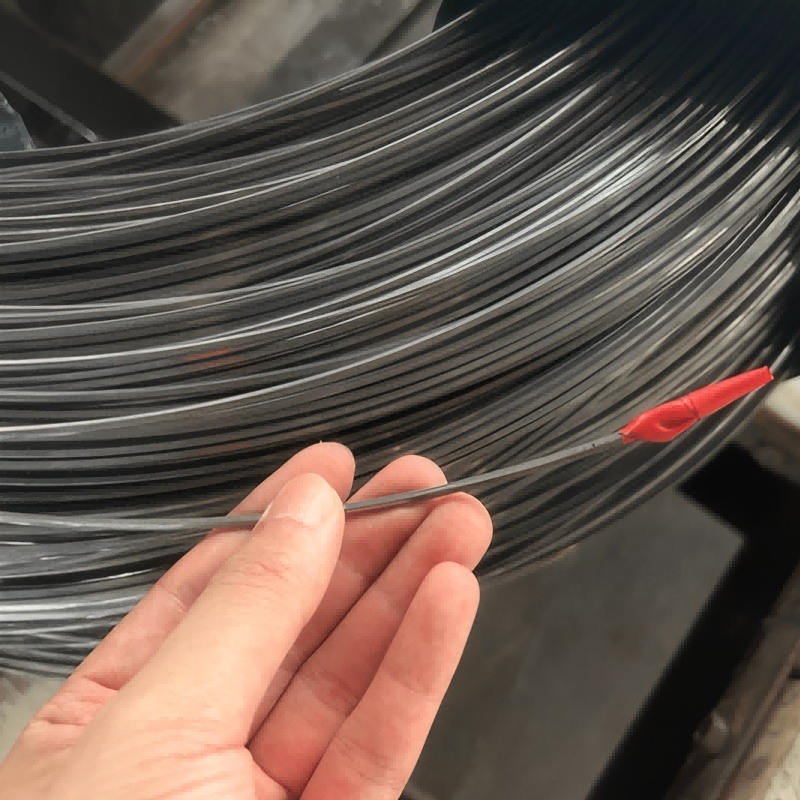carbon steel tig wire
Carbon steel TIG wire is a specialized welding wire designed for use in Tungsten Inert Gas (TIG) welding processes. It is crafted from high-quality carbon steel, which imparts strength and durability to the welds. The main functions of carbon steel TIG wire include providing a precise and controlled heat input, which is critical for creating strong, high-quality welds with minimal distortion. Technological features of this wire include its ability to produce clean welds with excellent arc stability and low spatter, thanks to its carefully controlled chemical composition and fine wire drawing process. Carbon steel TIG wire finds applications across various industries, including automotive, aerospace, and general metal fabrication, wherever precise and high-strength welds are required.


